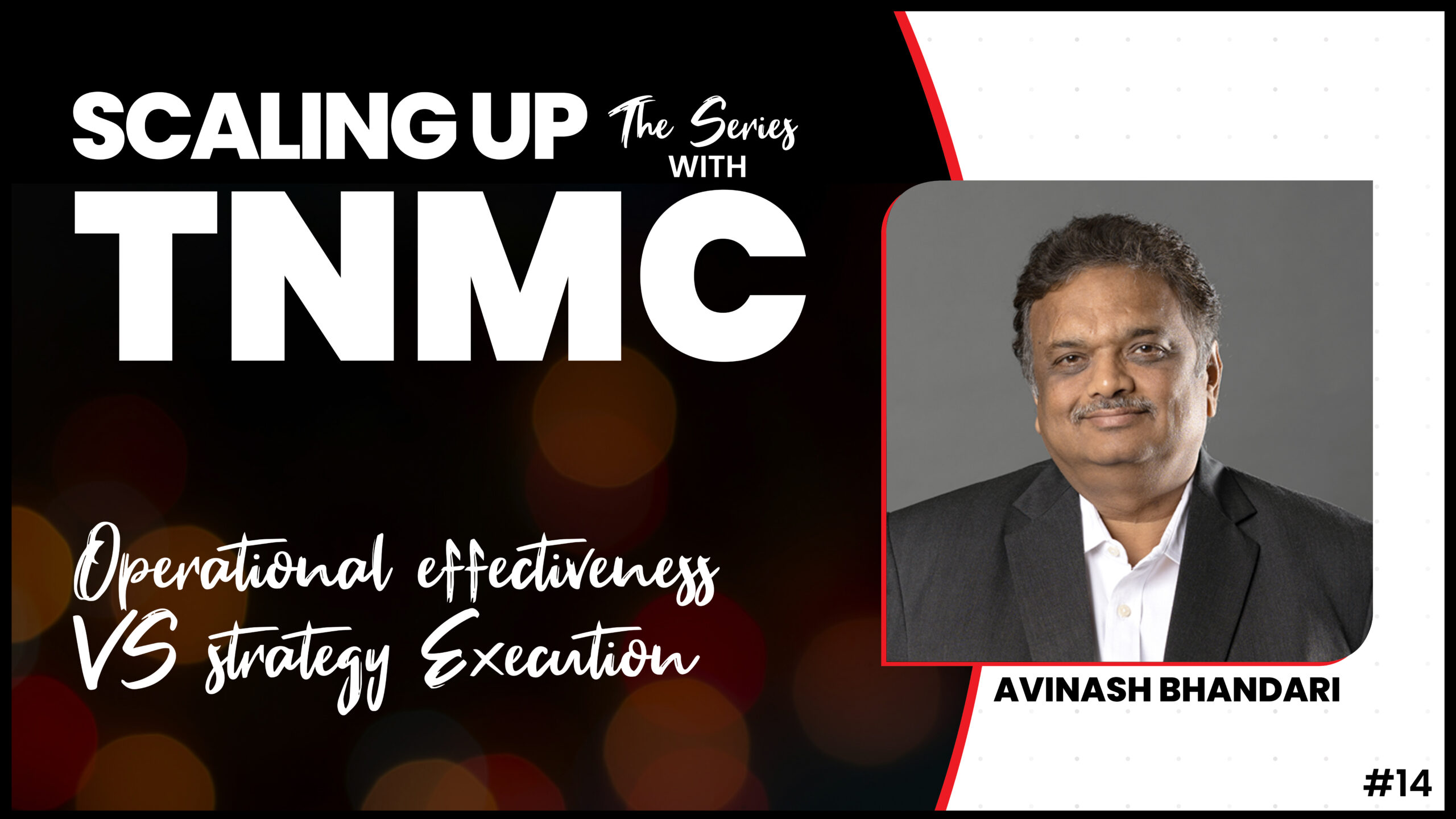
Scaling up requires differentiation between operations effectiveness and strategy execution
One of the critical yet often overlooked aspects in business is the differentiation between operations effectiveness/excellence (OE) and strategy execution. Many leaders unwittingly blur the lines between these concepts, assuming that enhanced operational efficiency alone can ensure long-term organizational success. However, a nuanced understanding of the two reveals that while OE and cost optimization are essential, they are not synonymous with, nor do they guarantee, the strategic execution necessary for sustained prosperity.
Operations effectiveness/excellence, often referred to as OE, is the bedrock of a well-functioning organization. It involves optimizing processes, improving productivity, and minimizing costs — a set of practices that can be likened to improving efficiencies for a company. While crucial, OE alone does not secure long-term success. Without a sound strategy and an effective strategy execution methodology, success becomes a precarious matter of chance rather than a deliberate outcome.
It’s critical not to confuse OE with strategy execution. While OE focuses on optimizing processes and enhancing efficiency, strategy execution delves into the deliberate and systematic actions required to achieve the strategic objectives. Both are integral, yet distinct, components in the scaling-up playbook. Strategy is about deliberately “choosing a set of activities” different from the competition which will allow the company to deliver a unique, differentiated and substantial value to the customer. Strategy execution is about a focused execution and implementation of these “select activities”. Operational excellence, on the other hand, focuses on improving efficiencies in everything that the company does.
Consider the example where a company’s strategy is centered on delivering a high-performance product to customers and providing outstanding post-sales service. In this scenario, OE practices can be treated as fundamental hygiene. Best-in-class OE practices may be implemented to enhance productivity and control costs, but the unwavering focus should remain on the superior design of the product coupled with outstanding customer service levels.
An organization can optimize costs, streamline processes, and enhance productivity, yet still fall short of strategic success without an effective strategy execution methodology. This methodology involves not only the tactical aspects of implementation but also the creation of a culture that aligns with the chosen strategy and encourages collective efforts toward its realization.
While Operations Excellence deploys lean manufacturing philosophy and tools such as 5S, Six Sigma, value stream mapping, kaizen, Muda, Mura, Muri, line balancing, TPM, 8 deadly wastes elimination, TACKT time, DWM, SMDE, etc., Strategy execution deploys tools such as MBO, X-Matrix, Strategy Maps, Balanced Scorecard, culture canvas, etc. Balanced Scorecard is the most contemporary tool deployed by the organizations for strategy execution. Performance management through financial statements such as balance sheet, P&L and cash flow statements are historical, statutory requirements and reflects lag indicators – irreversible and not useful to predict the future performance of organizations. Whereas Balanced Scorecard is a navigation tool with lead indicators – seen as a compass to predict the future performance of organizations.
The Balanced Scorecard consist of four different perspectives – outcome perspective, customer perspective, internal process perspective and enablers perspective. They all are balanced which is not the case with above mentioned financial statements. Balanced Scorecard is a dashboard to navigate the organizations and a very effective tool for strategy execution.
As businesses navigate the complexities of scaling up, leaders must grasp the vital difference between operational effectiveness and strategy execution. While OE ensures operational efficiency, it is the deliberate and systematic execution of a well-crafted strategy that secures long-term success. By recognizing this distinction and cultivating a culture of strategic alignment, organizations can navigate the challenges of growth with clarity, purpose, and a higher probability of achieving their scaling objectives.

